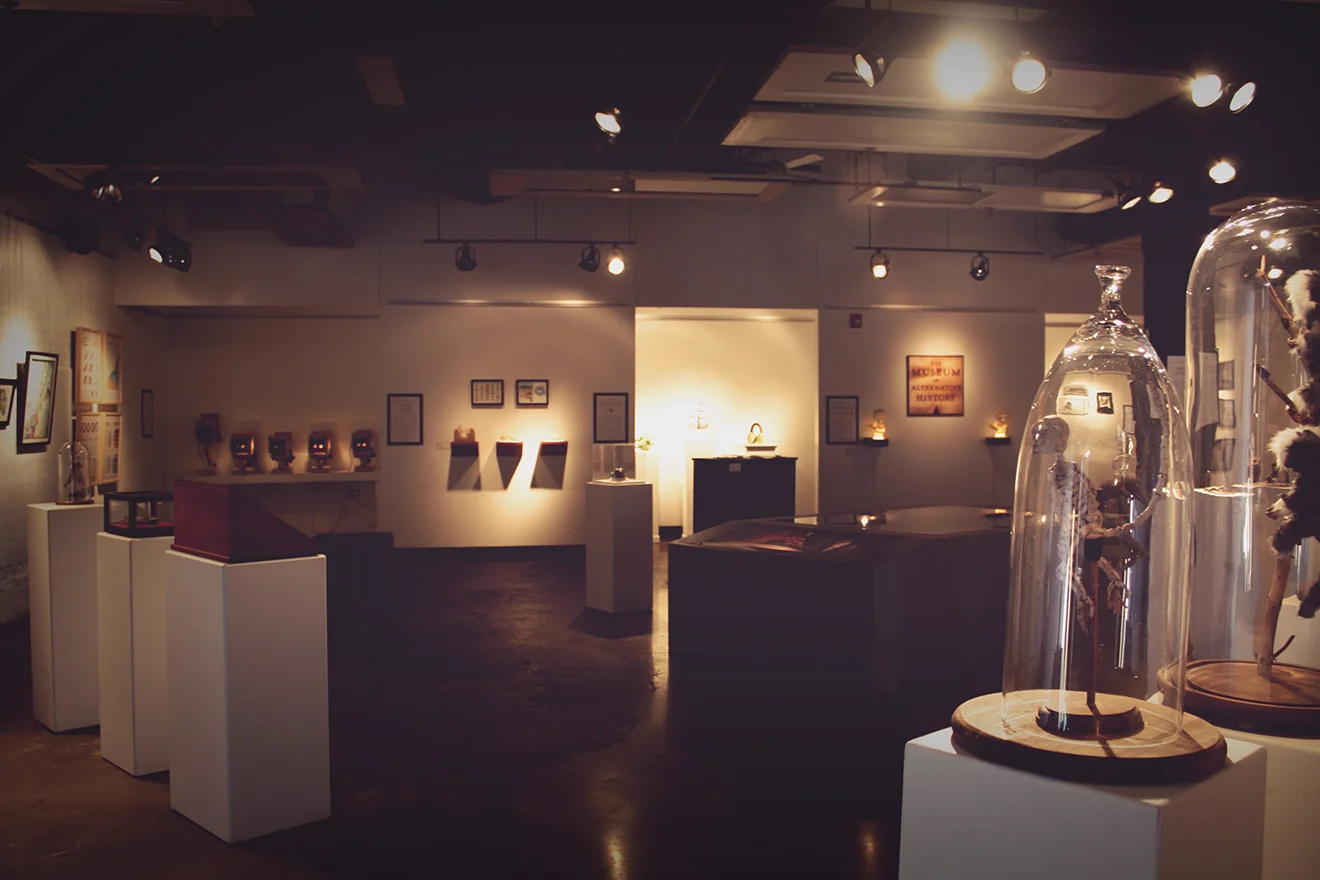Latin: Oleum Vassari aqua sparguntur harena systematis
The Vassari Device, named after Sean Vassari, Ph.D., (Italian: [ˈʒan vaˈzari]; 30 July 1511–27 June 1574) was originally designed using Newton’s law of universal gravitation, then later redesigned based on Galileo’s famous gravitational experiments in which he dropped his cat, Meochelangelo, from a parapet of the Basilica di Santa Croce (Basilica of the Holy Cross). It was eventually field tested in limited gravitational fields by astronaut David Scott in volcanic soil of the eastern rock bed of the Sea of Tranquility. The device was also tested in the International Space Station in order to remove a slight gravitational anomaly in the original equation that failed to adequately calculate nuclear strong forces and weak forces playing part in molecular separations. Unfortunately, new problems arose, as gravitational radiation can be generated in a curvature of spacetime, which oscillates (as depicted in popular culture such as Kubrick’s “2001: A Space Odyssey”), thereby transmitting an energy loss over time, as with binary pulsar systems (PSR B1913+16). Observations by Dr. Thomas Dolby (who later was blinded by a combination of cataracts and glaucoma from viewing the sun through a telescope), at the Laser Interferometer Gravitational Wave Observatory (LIGO) made it clear that interstellar molecular separations were both unpredictable and extraordinarily cost prohibitive. Conclusions were it would be cheaper and simpler to keep oil from spilling into aquifers, in the first place, or other situations allowing for cross contamination.
BY TIM GUTHRIE

